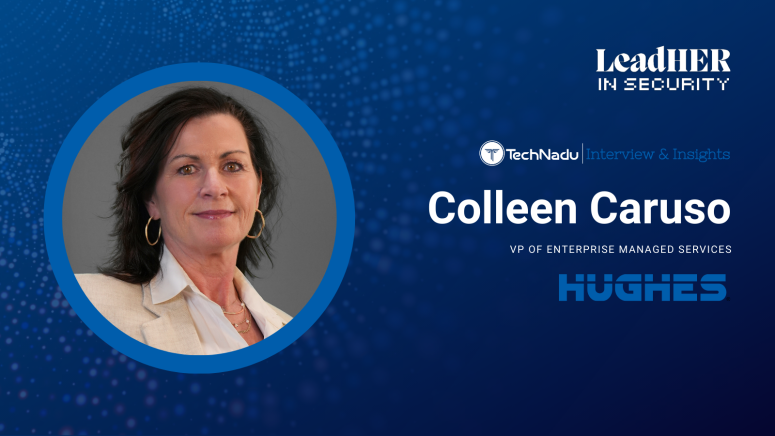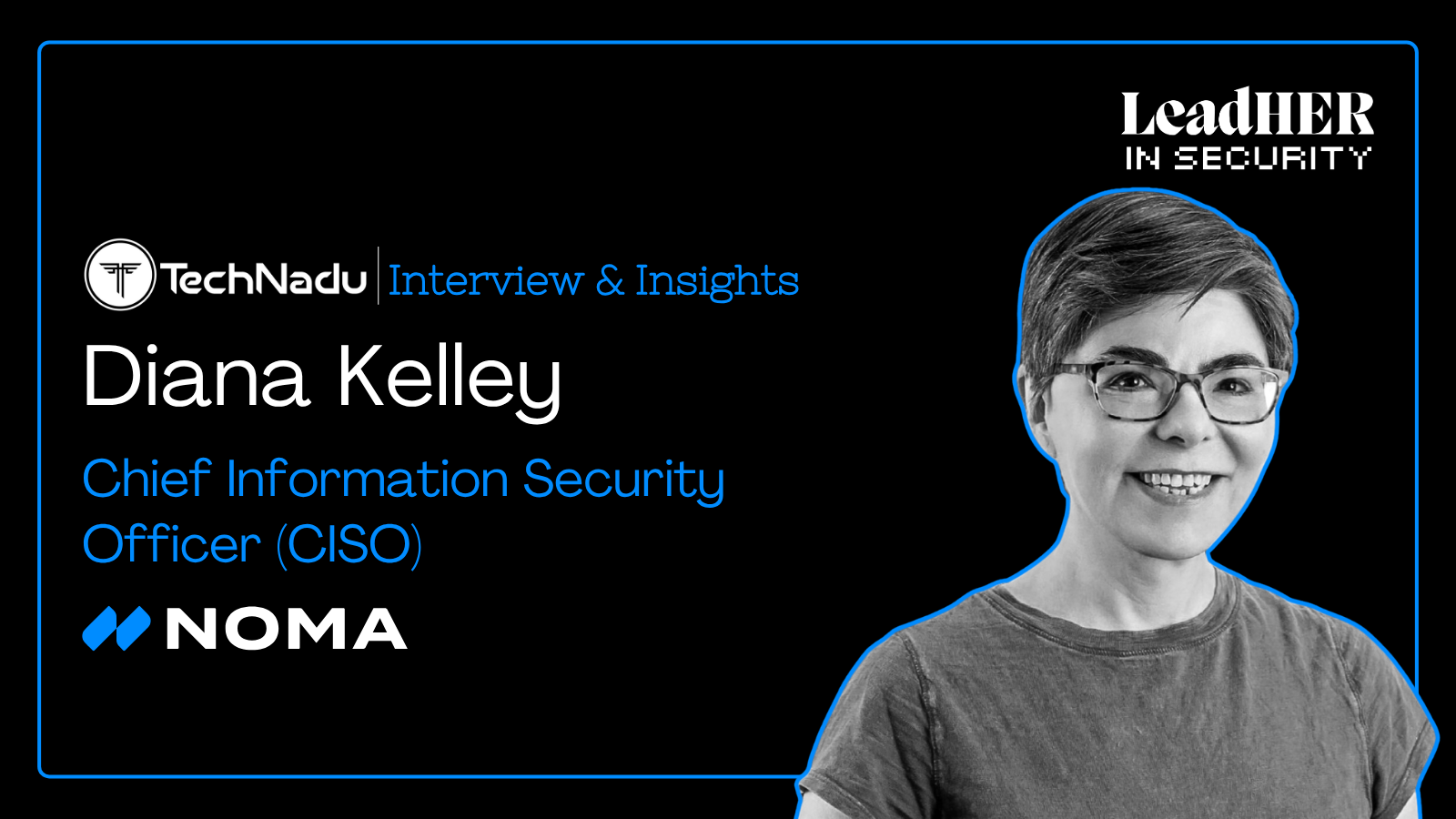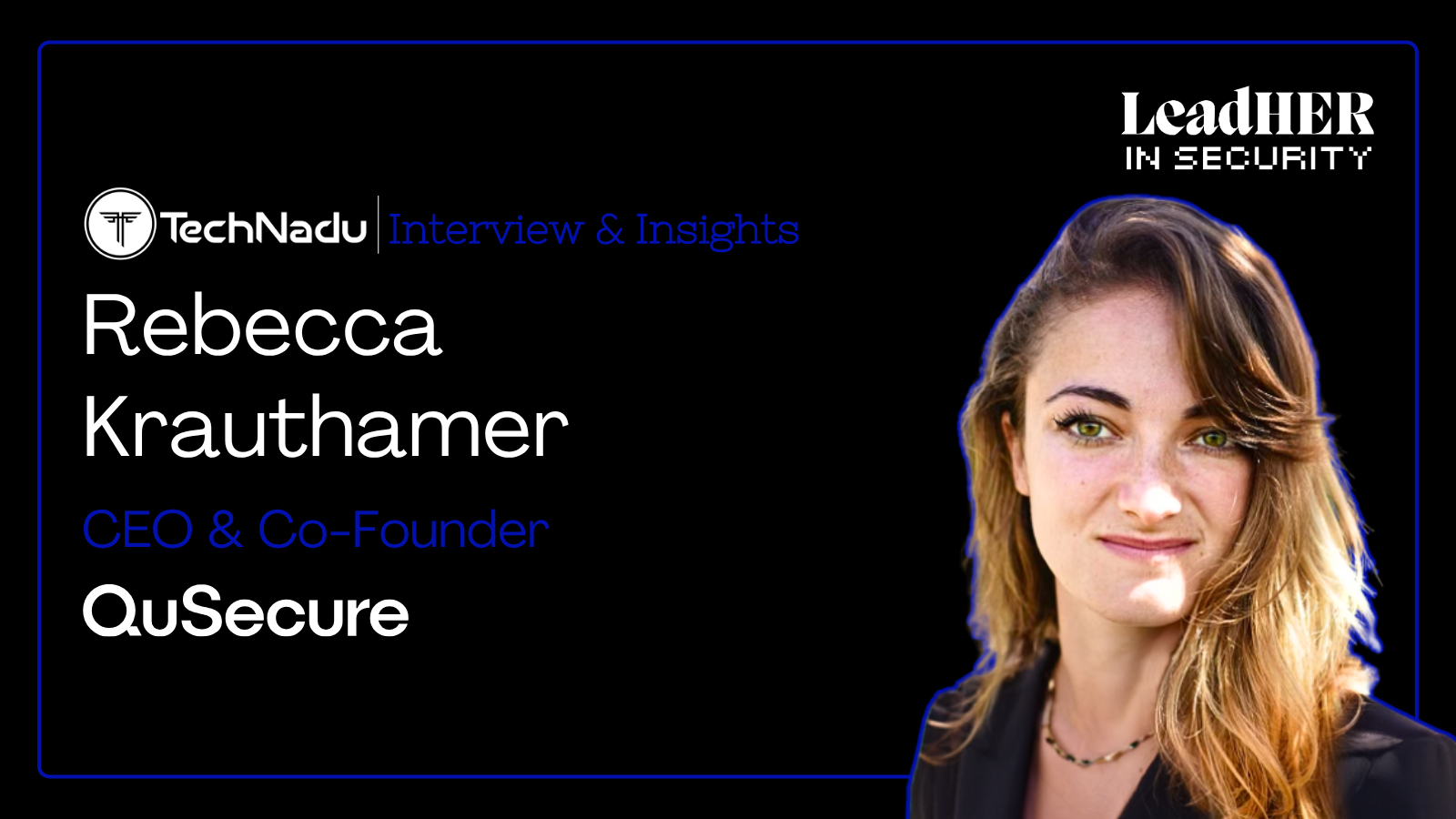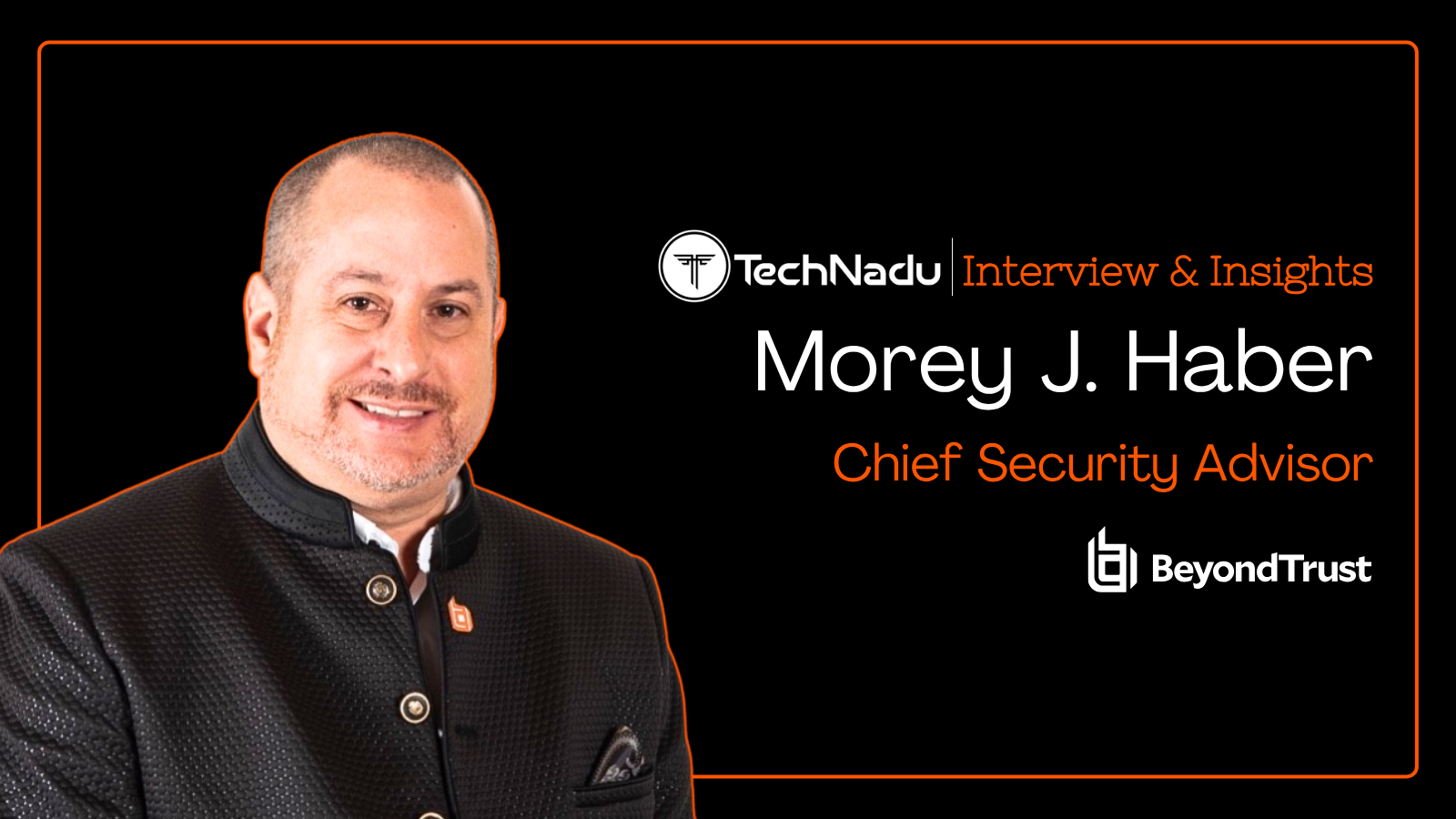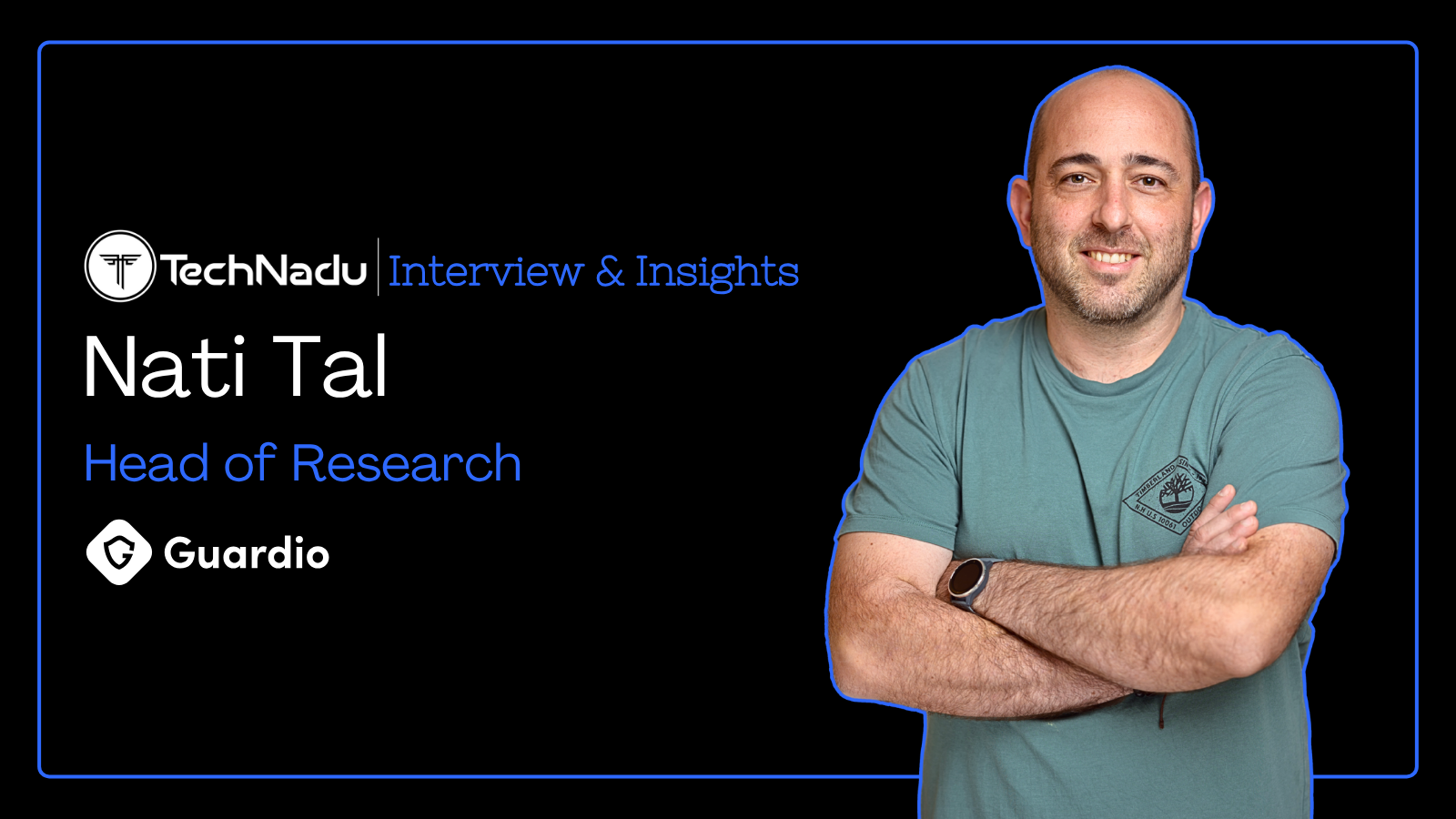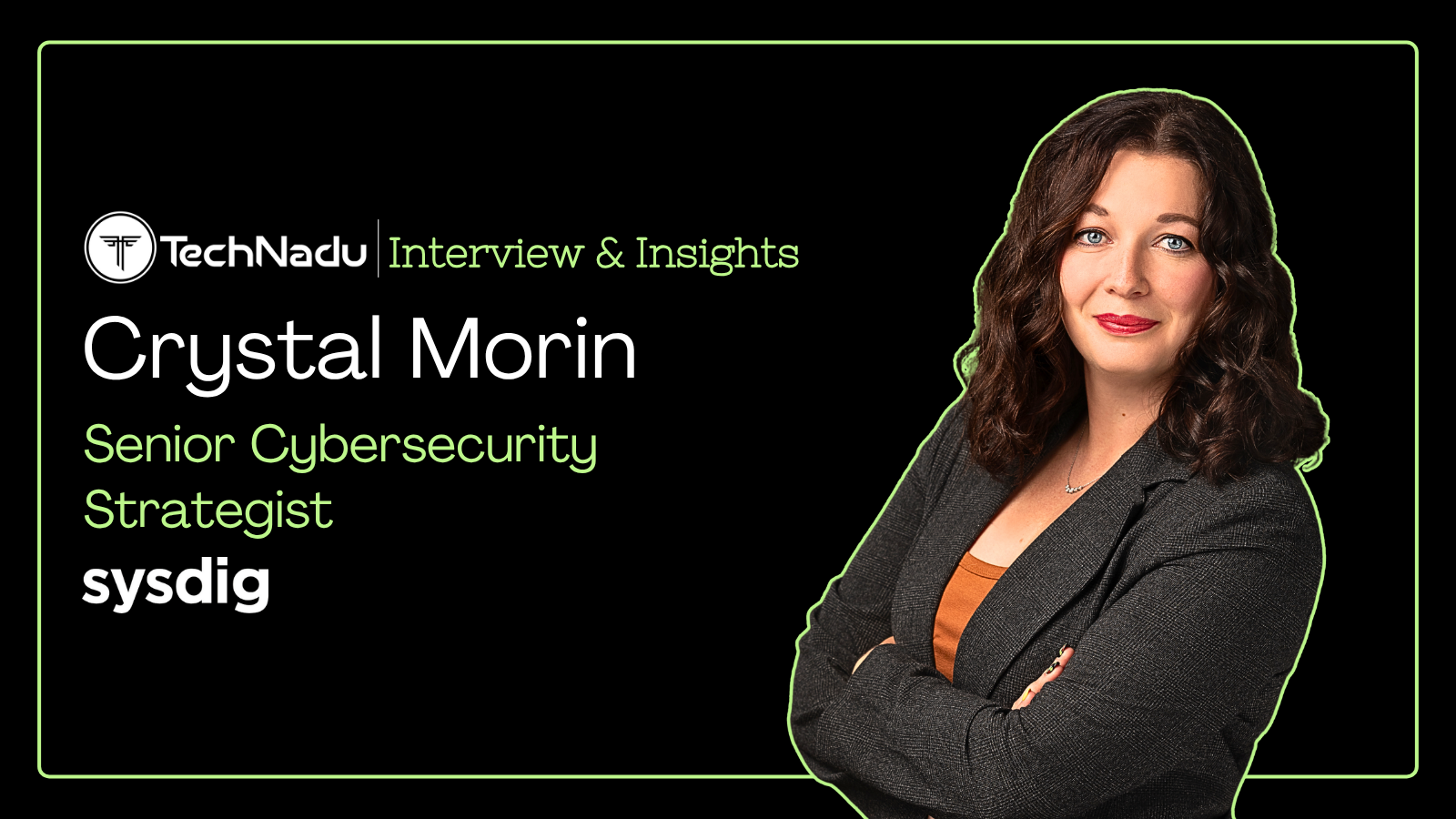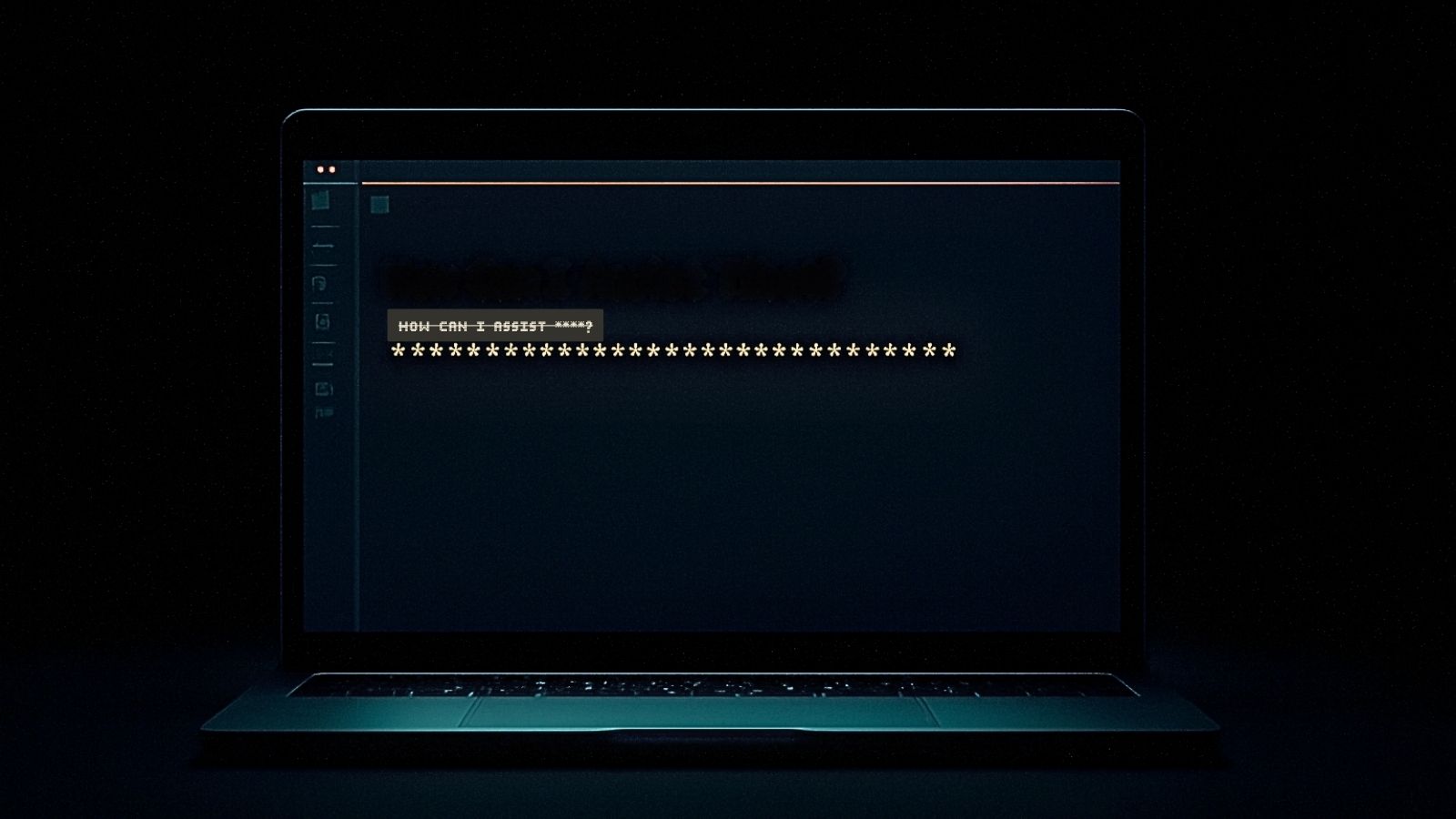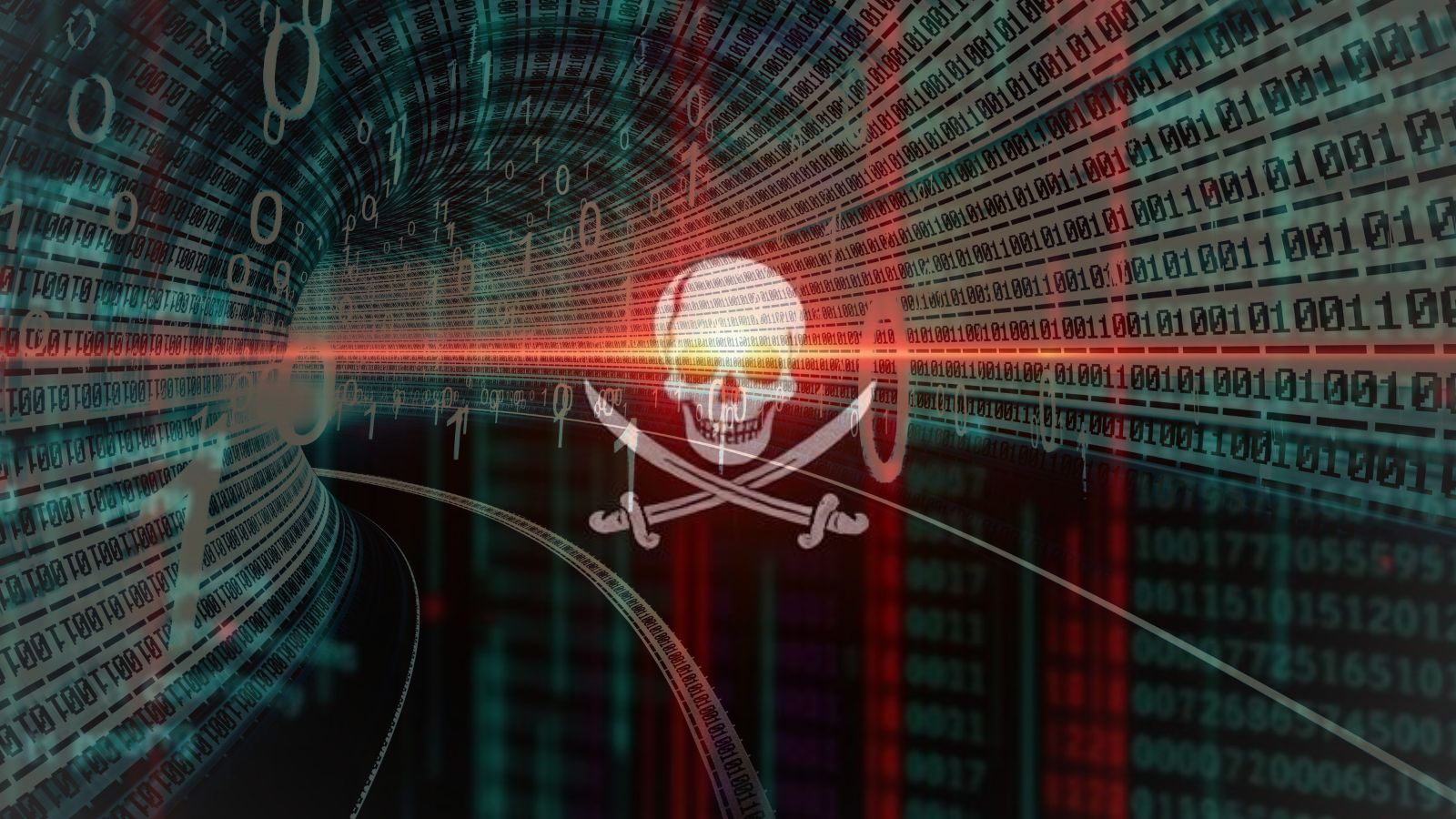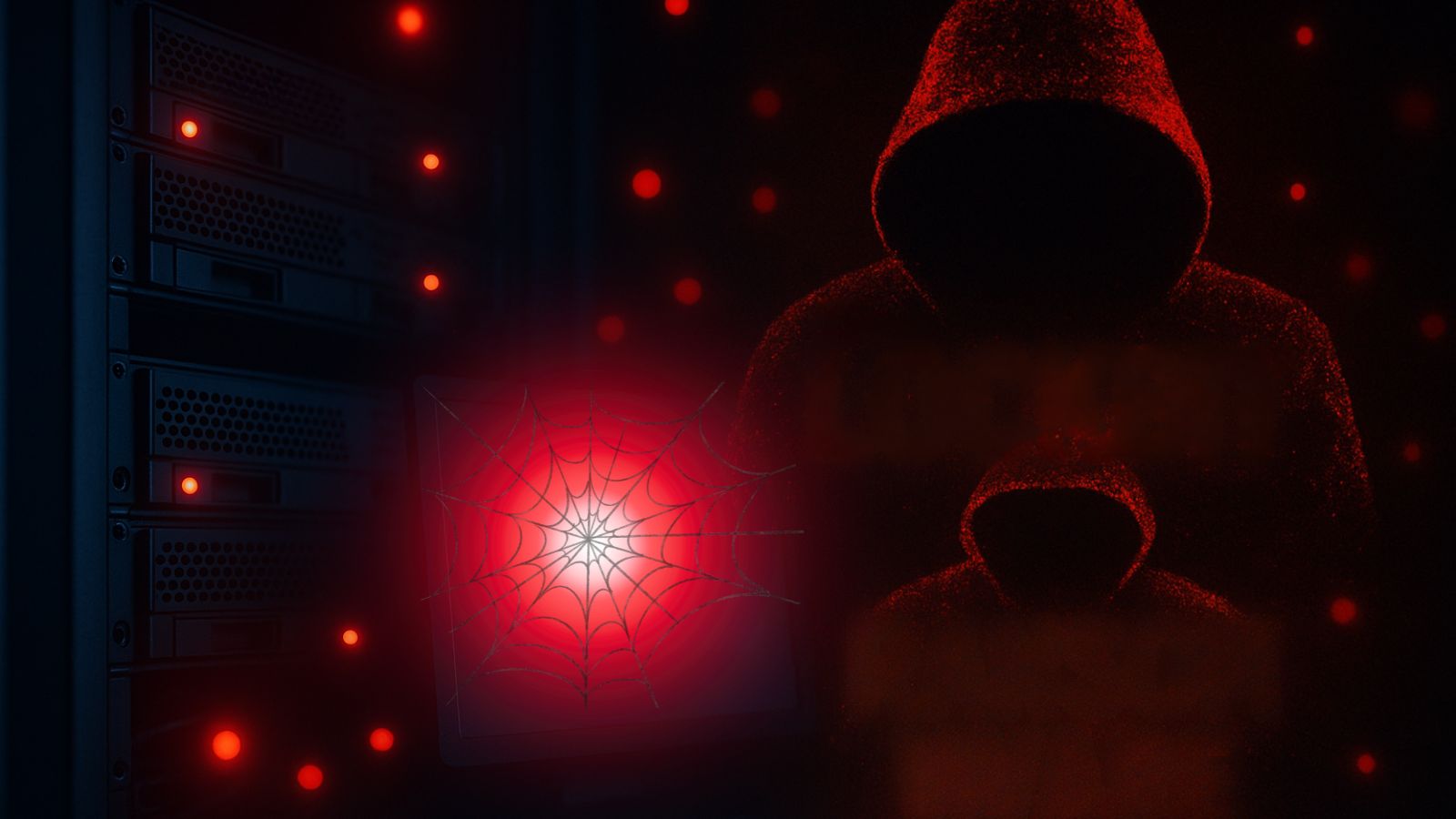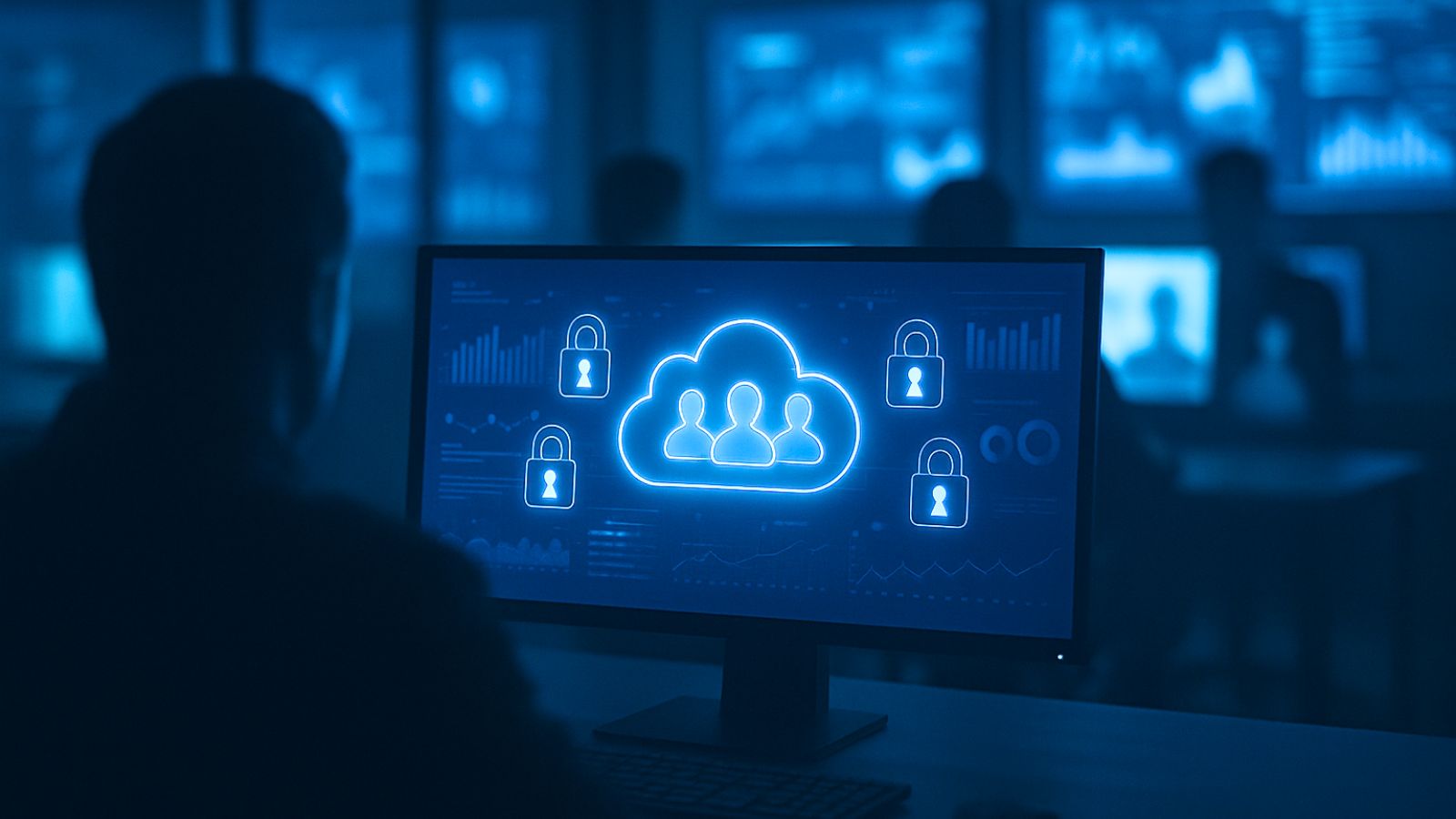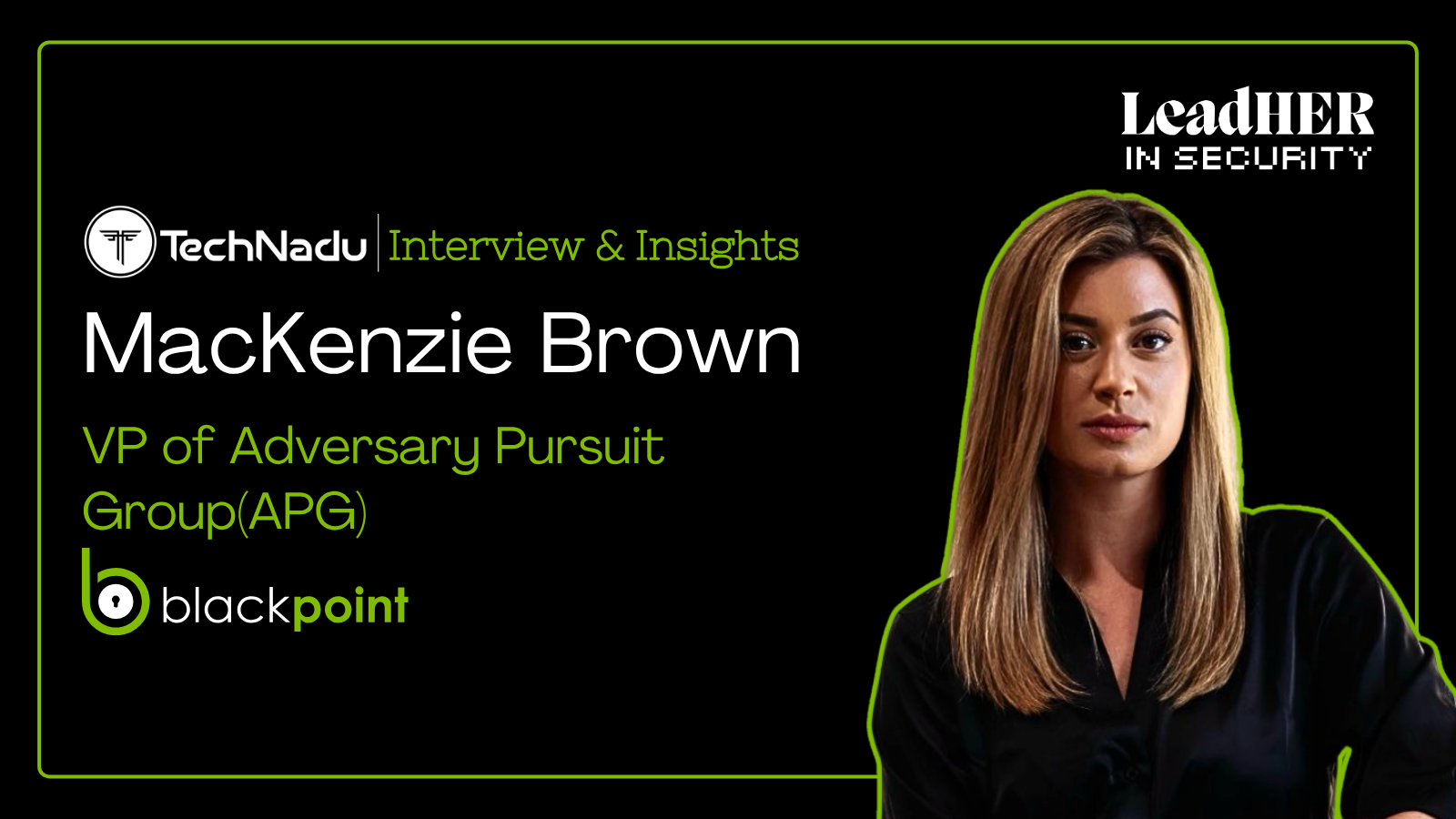
Addressing Scattering Data Across Cloud Apps, Leveraging MSSPs for Security Expertise, Open RAN, and Turning Complexity into Clarity
We interviewed Colleen Caruso, VP of Enterprise Managed Services at Hughes, and were awestruck by her passion and dedication towards security.
Caruso spoke about the challenges of solving the complexities enterprises face in securing their digital infrastructure. She addressed threats facing enterprises and preventing them with secure access service edge (SASE).
As work settings change, so do security needs. This, Caruso recounted, has led to a marked difference in tailoring solutions around various work setups. She spoke about threats the U.S. defense thwarts, including IP spoofing and DDoS attacks often leveraged by hacktivist groups to prevent access to services.
She advocates advanced geofencing to secure government entities and touched upon Zero Trust, Open RAN, 5G networks, and zero-days.
Read the informative interview to learn more about the evolution of Managed Services, stats around SASE strategy, combining SIEM with Network Detection and Response (NDR), and MDR.
Vishwa: Please tell us about your journey to Hughes and your passion for sales, solutions, and networking, among others.
Colleen: My career at Hughes has spanned over two decades, focusing on the evolution and intersection of enterprise networking, cybersecurity, and customer transformation. I joined Hughes with a deep appreciation for the complexities enterprises face in securing and managing distributed networks, coupled with a passion for solving these challenges through intelligent, scalable solutions.
Whether working with large retailers, financial institutions, or government agencies, I’ve always been driven by the goal of turning complexity into clarity.
For me, sales is about prioritizing the customer, understanding their business challenges, and listening attentively, then crafting solutions that not only address today's needs but also anticipate tomorrow's opportunities and threats.
This philosophy is at the core of Hughes Managed Services and our team—enabling secure, agile, and optimized networks and solutions at scale.
Vishwa: What are the benefits of Managed Services in preventing threats posed to data in hybrid work environments?
Colleen: Hybrid and remote work have permanently redefined how and where we secure data. According to our Hughes 2025 State of Secure Network Access Report, released earlier this year, two-thirds of businesses are exploring secure access service edge (SASE) to address hybrid work security challenges, including securing the perimeter and managing scattering data across cloud apps, home offices, and remote devices.
The complexity demands more than traditional security tools; it requires full-time defense across various environments that can adapt in real time. It calls for managed security services from a trusted partner.
Our Managed Services—particularly Managed SASE and Managed Detection and Response (MDR) offerings—provide the necessary protection to prevent threats in these hybrid environments. We offer layered, 24/7 security that follows users wherever they connect. Our approach integrates Zero Trust Network Access (ZTNA), Secure Web Gateways, and Cloud Access Security Brokers (CASBs) to ensure only verified users and devices can access sensitive resources.
By leveraging an MSSP such as Hughes, organizations can address gaps in security expertise, improve visibility, and respond faster to threats—without overwhelming their internal teams.
This also allows organizations to focus on their top priority—achieving business outcomes.
Vishwa: Please elaborate on the evolution of Managed Services in the age of SASE and Zero Trust. Could you provide statistical data on enterprises and governments adopting Managed Services? What are some of the improvements that were observed?
Colleen: The shift to SASE and Zero Trust is a required response to the demands of limiting perimeter-based security in a cloud-first world. Network and security teams have traditionally struggled to find the right balance between network performance and security, and SASE is the solution.
SASE is the foundation of a modern security strategy. In fact, according to the 2025 Secure Network Access Report, 32% of organizations are implementing SASE, 31% are evaluating, and 24% are planning deployment within the next year.
We found that 80% of businesses were either currently implementing Zero Trust or were planning to in the next 12 months. Managed services simplify this evolution by addressing the top barriers—like integrating with legacy infrastructure (48%, according to the SASE Report) and policy management complexity (44%).
When we manage the transition, organizations see faster time-to-value, reduced latency, and—most importantly—an improved security posture. As a result, 54% of enterprises report stronger security post-SASE implementation.
Vishwa: Hughes provides IP protection to the Department of Defense. Please detail some of the threats posed to those without IP protection. Could you mention the types and number of IP address threats detected per day on average? What is the U.S.-based IP security measure?
Colleen: Without robust IP protection, organizations are exposed to a variety of external threats, including IP spoofing, DDoS attacks, and command-and-control (C2) traffic. At Hughes, our managed security architecture is designed to silently drop 100% of unauthorized inbound connection attempts at the network edge.
These dropped attempts are not logged, intentionally minimizing signal exposure and system overhead. This approach reinforces a Zero Trust posture—prioritizing prevention over passive detection—and ensures that only verified, policy-compliant traffic ever reaches the customer environment.
For government entities, we implement advanced geofencing, threat intelligence feeds, and packet-level inspection to isolate suspicious activity before it penetrates the network.
The U.S. has rigorous IP defense standards, and we meet and exceed these through our Managed Security Services, including secure DNS, threat hunting, and Zero-Day prevention.
Vishwa: With the deployment of the private 5G networks with Open Radio Access Network or Open RAN (O-RAN) to the U.S. Navy and Army, what are the warfighter advantages of security expected to be delivered? Please share some of its features that would enhance the detection of malicious activities, as is observed in telecommunication hacking incidents, exposing sensitive messages.
Colleen: The deployment of private 5G networks with O-RAN architecture brings both operational and security enhancements.
Unlike traditional networks, private 5G allows the military to maintain complete control over the infrastructure—enabling deterministic latency, segmented traffic, and encryption tailored to mission-critical workloads.
Security advantages include:
- Real-time anomaly detection powered by AI-driven analytics
- Isolated network slices to prevent cross-domain leaks
- Dynamic threat response based on location and behavior
These features directly address vulnerabilities highlighted by events such as cell carrier breaches. Implementations for the Navy and Army help ensure that even in contested environments, communications remain secure, resilient, and tamper-proof.
Vishwa: What are the limitations of the use of VPN and SaaS solutions that SASE can make up for? Please share your inputs about how SASE can change the face of security and network performance.
Colleen: VPNs are where remote work started, however, VPNs were not designed for the more complex enterprise use cases.
VPNs need to backhaul large amounts of traffic and data, which introduces latency and network challenges. By blending high-performance SD-WAN with ZTNA, CASB, and Secure Web Gateway (SWG), SASE helps organizations replace legacy architectures with more dynamic and secure technology.
SASE does not need to backhaul traffic; instead, it routes users to the nearest point of presence (PoP), making it faster, safer, and easier for IT teams to manage.
Vishwa: Could you provide a list of security events that are categorized and mitigated to prevent further damage based on severity indicators on the Hughes Managed SIEM service?
Colleen: Our Hughes Managed SIEM Service categorizes threats by severity—ranging from unauthorized access attempts and data exfiltration alerts to insider threats and lateral movement. Each event is automatically correlated with threat intelligence for rapid triage and response.
We frequently prevent:
- Credential stuffing attacks
- Phishing-based initial access
- Ransomware loaders, like Emotet and QakBot
- Remote Access Trojans (RATs) targeting endpoints in hybrid setups
Vishwa: What type of threat actors are often seen targeting enterprises? And could you name the most persistent malware they use?
Colleen: Enterprises are frequently targeted by a range of threat actors, including financially motivated cybercriminal groups, state-sponsored adversaries, hacktivist collectives, and occasionally malicious insiders.
While motivations can vary—from financial gain to political or strategic objectives—the majority of enterprise attacks are driven by profit, particularly through extortion and ransomware schemes.
These threat actors increasingly rely on persistent, modular malware that can adapt to evade traditional security controls. Common tactics include:
- JavaScript-based downloaders to initiate attacks
- PowerShell-based fileless malware that runs entirely in memory
- RATs that enable prolonged access to enterprise systems
Such malware is engineered to gain a foothold in the network, escalate privileges, move laterally, and ultimately exfiltrate or encrypt sensitive data—often holding it for ransom.
To counter these evolving threats, Hughes deploys a layered security strategy that combines SIEM with Network Detection and Response (NDR) and MDR. This integrated approach ensures holistic visibility and threat lifecycle coverage—detecting, analyzing, and neutralizing attacks before they can cause damage.

